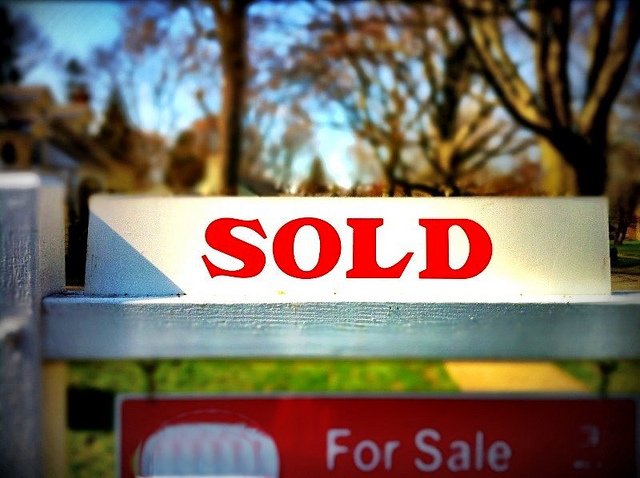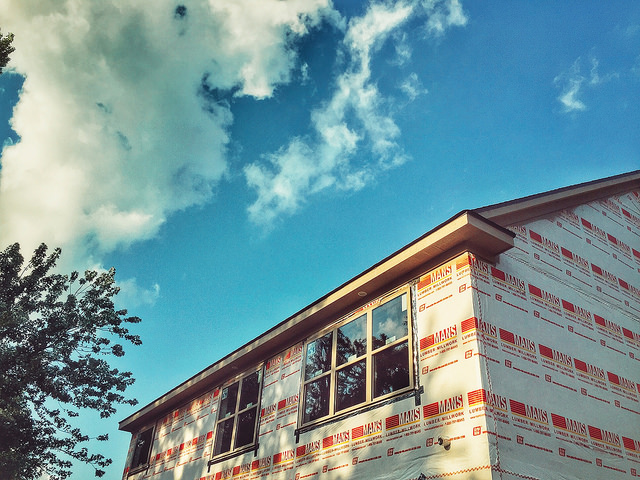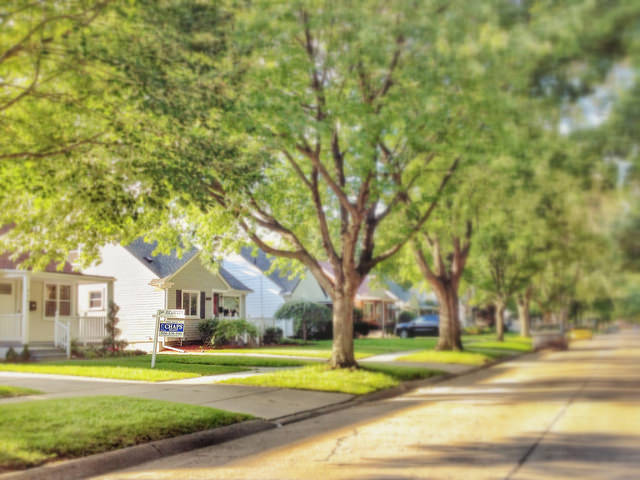Whether you prefer to live in the city or suburbs depends on a lot of factors. From the size of your family to your age and career, there are many different considerations that come into play when deciding where you might want to settle down. Of course, money is always a major one. Joyce Hodel, a data scientist at Care.com – who recently partnered with Zillow on a cost of living analysis that looked at average housing and child care costs in cities as opposed to suburbs – says choosing where to settle down is a big decision for any family. “Figuring out where your family will live and grow is arguably one of the most exciting and daunting times in a parent’s life,†Hodel says. “While moving to the suburbs often brings significant cost savings, city living can still be the right choice for some families and is less expensive in certain metro areas.†In fact, according to the research, families spend an average of just over $9,000 a year more on basic housing and child care costs when living in cities. However, in some metro areas like Philadelphia and Baltimore, living in the city can actually be the more affordable option. More here.













